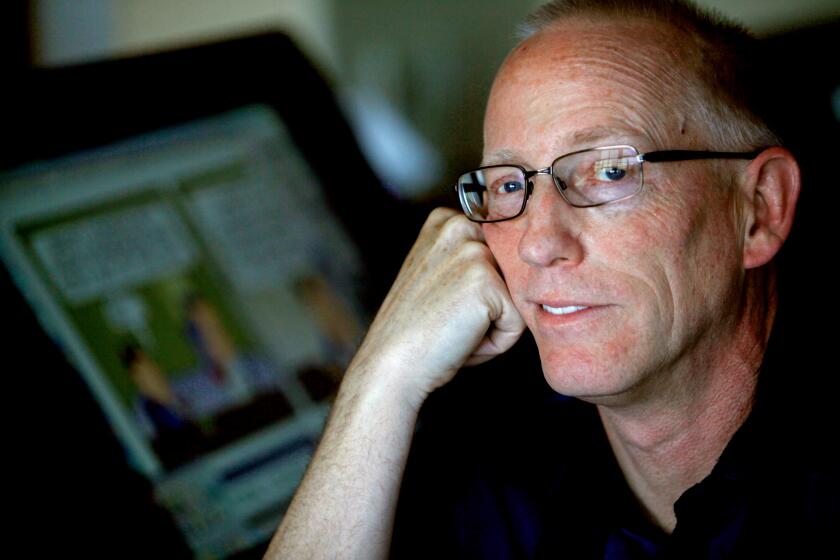Land of a Thousand Dances
- Share via
They are at opposite ends of the “artistic” spectrum but equally passionate, creative in the face of adversity and overwhelmingly talented, and they launched my second career as a photographer. The first were the ironworkers at Walt Disney Concert Hall, whom I began photographing shortly after leaving office as Los Angeles County district attorney. Their athleticism and skill on a project that seemed impossible astounded me. I felt the same way about the dancers of Cuba from the moment I first visited there. And it wasn’t just the professionals, who were laboring with few resources, again in a seemingly impossible situation, but the way that dance has comforted and inspired Cubans in an everyday way.
Dance, I discovered in seven trips to Cuba over four years, is literally everywhere. In addition to performances by its world-renowned ballet company, dance aficionados can go to El Gran Palenqlue, the courtyard attached to the home of the dance foundation Conjunto Folklorico Nacional de Cuba in the Vedado district of Havana. There, every Saturday, the resident company starts the afternoon with its own routines. But within the hour the public takes over the dance floor. People dance the rumba, salsa, son and other favorite forms. Son is a percussion-based dance with clear erotic communication between the partners. Popular among the rural population of mountainous eastern Cuba, it is the precursor to modern salsa. Among the many regulars to the Saturday program was 78-year-old “Mamita” Celia Cuxart, who has attended for more than 30 years. On my trips I saw her and others patiently wait their chance to dance.
On my first visit to Cuba, I followed an alluring percussive beat to a narrow avenue in Havana Vieja. There a dance troupe wearing polka dot costumes was flowing up the street toward me, performing one of the many Afro-Cuban folkloric styles that usually focus on the Yoruba deities of Haitian culture. The rich Cuban dance culture is a result of the blending of 99 different African ethnicities and Spanish, French-Haitian and, most recently, U.S. influences.
Other times, the dancing is utterly spontaneous. On one visit to Havana, I watched a brass band playing in the Plaza de Armas. Some young people nearby were moving subtly to the music. Suddenly, one of the young men threw off his shirt and he and dozens of others danced with unbridled energy.
Cuba’s poverty is well known. But Cubans have borne it with a graciousness that has increasingly drawn the artistic and the affluent to view their spirit. Viengsay Valdes, Cuba’s prima ballerina, told me recently, “Dance is the way Cubans throw away their problems. It is a way to escape. There are so many different dances Cubans enjoy, and our spirit can be seen in each of them.”
*
“Dance in Cuba” was published last month by Balcony Press. There will be an exhibition of photographs from the book at UCLA’s Fowler Museum of Cultural History from April 29 to June 4.
More to Read
The biggest entertainment stories
Get our big stories about Hollywood, film, television, music, arts, culture and more right in your inbox as soon as they publish.
You may occasionally receive promotional content from the Los Angeles Times.










